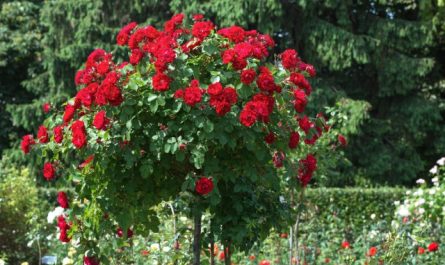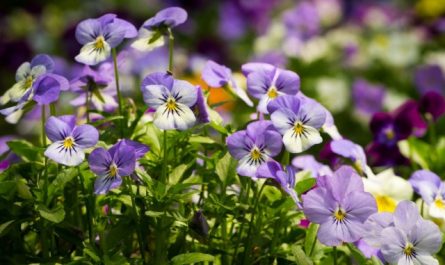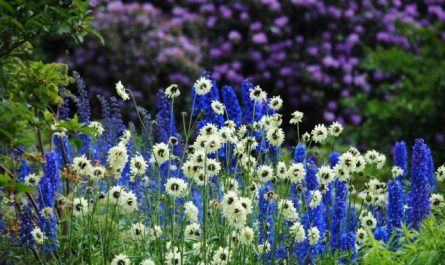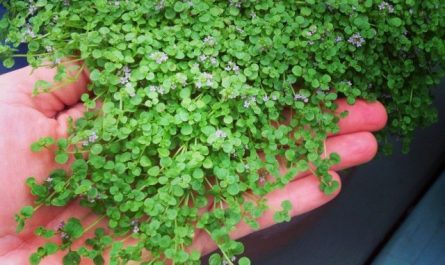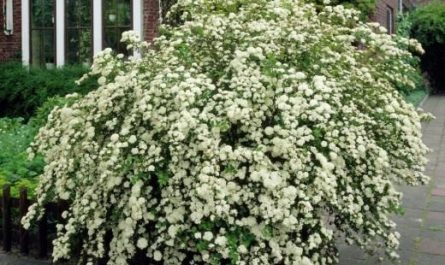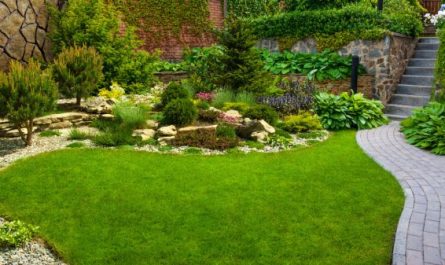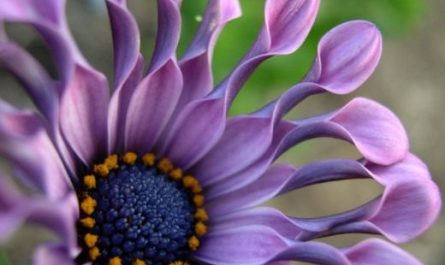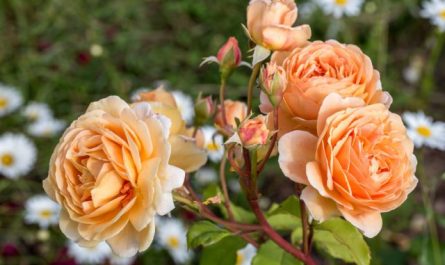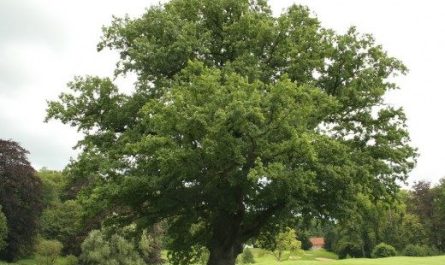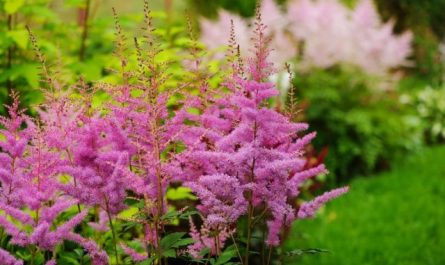Today, lavender is at the peak of popularity and many people plant it in their gardens. Despite its elegant appearance and exquisite aroma, lavender is a surprisingly easy-to-grow herb. Although the flower is quite unpretentious, there are a number of common problems that prevent it from developing normally. We will analyze the most common mistakes in its cultivation that many gardeners make.

Lavender is a perennial plant native to the Mediterranean, where it thrives on dry, rocky slopes under the hot sun. Growing it in other climates requires some adaptation. Let’s look at the main pitfalls to avoid.
1. Choosing the wrong lavender variety for your climate
Despite its Mediterranean roots, lavender can grow in zones 4 through 10. However, some types of lavender are quite frost-sensitive. Large garden centers often sell varieties that are not adapted to the local climate. For example, you can buy French lavender (broadleaf), but it will die as soon as frost hits unless you bring it indoors.
Classic English lavenders (narrow-leaved) are surprisingly frost-hardy, but when planted in hot southern climates they can become susceptible to a range of diseases.

Visit a local nursery that sells adapted varieties. When choosing, the main thing to remember is that only narrow-leaved lavender will survive the winter in the middle zone, while broad-leaved lavender is more thermophilic. In addition, there is an interspecific hybrid – lavandin, which took the best from both parents and is able to withstand the winters of the middle zone.
2. Growing in poorly drained soil
The second common mistake with lavender is planting it in soil where water stagnates. This Mediterranean plant does not tolerate damp or waterlogged soils. It becomes even more susceptible to root rot and fungal diseases. Planting lavender in compacted clay soil can have detrimental effects on plant growth. Beginners often forget to properly prepare the soil to provide lavender with sufficient air flow to the roots and drainage.
Remember that this delicate flower often grows best in rocky or gravelly soils. If you have heavy soil, prepare a hole 2-3 times larger than the root ball of the plant before planting lavender. When planting, add sand, deoxidized peat or fine gravel.
3. Over-fertilization
Lavender does not grow naturally in rich soils. Excessive fertilization (especially with nitrogen) leads to decreased flowering. Beginner gardeners often overdo it with fertilizers when planting lavender. However, adding manure will promote rapid or even excessive growth of leaves, with fewer flowers.

Do not fertilize lavender either when planting or after. It usually gets all the nutrients it needs from the soil. If you use compost, choose a bark- or leaf-based compost, not a manure-based compost.
4. Neglecting pruning
As a herbaceous perennial, lavender requires regular pruning to remain attractive and healthy. Most gardeners prefer the distinctive dome-shaped form of the bush with purple flowers on long stems that look good in bouquets and arrangements.
But maintaining perfect shape takes some work. If you forget to prune lavender, the bush can become woody, spindly, or misshapen. Many gardeners avoid pruning for fear of damaging the plant, or they prune superficially. But if left to its own devices, the bush will become unsightly, fall apart at the base, or the stems will droop.

To maintain the correct shape and good growth, lavender should be pruned twice a year. The first time quite heavily in the spring. This will help maintain the beautiful shape of the bush and the formation of buds. After the first flowering, it is advisable to additionally trim the green part of the plant by 1/3 or 2/3 of the length, creating a dome-shaped habit. The second pruning in the fall: cut out the gray-brown branches to stimulate lush growth of new ones next spring. Autumn pruning should be more gentle, because the plant needs enough greenery to support itself throughout the winter.
5. Trimming woody parts
The golden rule of pruning lavender is to only cut the green parts and never touch the woody stems. Cutting the woody parts is very harmful to the bushes and can even lead to the death of the plant. This is because lavender is an evergreen perennial. It needs its leaves in the winter. When you cut the woody base, you also cut off the foliage that lavender needs all year round.
6. Overwatering
Most plants don’t like to sit in soggy soil, but lavender is especially fussy about moisture. It’s a drought-tolerant plant and isn’t used to excess moisture. Beginner gardeners often overwater or plant lavender in areas with high rainfall. This can lead to root rot and poor growth.

Lavender only needs more water for 1-2 months after planting. Allow the soil to soak deeply, but make sure water does not pool at the roots. Once established, watering once or twice a year is sufficient. Spring rains are often enough to nourish new growth, and additional watering is only needed during the hottest, driest months.
7. Lack of sunlight
It is no wonder that this fragrant southern herb craves light. Lavender’s natural habitat is the high mountain regions of the Mediterranean, where the sun shines brightly almost all year round.
If you accidentally plant lavender in the shade, it may have less fragrant flowers and a stunted appearance. Lavender needs at least 8-10 hours of direct sunlight per day, so plant it on the south side of the site.
Beginning gardeners often plant under young seedlings, but later the trees grow and form a denser canopy. The result is too much shade. Planting lavender bushes too close together can also lead to competition for light. Avoid planting lavender too close to taller perennials.
8. Do not cut off faded flowers
Like many flowering perennials, lavender will continue to produce new flowers when the old ones are removed. This should be done regularly, regardless of the type or variety of lavender.

Want to get as many flowers as possible? Harvest lavender flowers regularly. If you prefer to leave the flowers in the garden for the bees, simply trim off the spent stems as soon as the flowers begin to fade. This can be part of a summer pruning to encourage several waves of blooms.
9. Missing the symptoms of fungal diseases
Lavender is fairly resistant to fungal diseases in warm, dry climates. But if you grow it in humid conditions, it becomes very susceptible to such problems.
The most common diseases of lavender:
- root rot,
- botrytis,
- late blight.
It is important to watch for early signs of fungal pathogens, such as yellowing leaves, gray or powdery growth, or drooping shoots. If these symptoms are detected early, many lavender diseases can be easily controlled with organic means.
When caring for lavender, do a quick inspection. Remove any damaged areas and make sure there are no serious signs of disease spreading. Poorly drained clay soils can make the situation worse, so it is important to create optimal conditions for lavender to grow.

